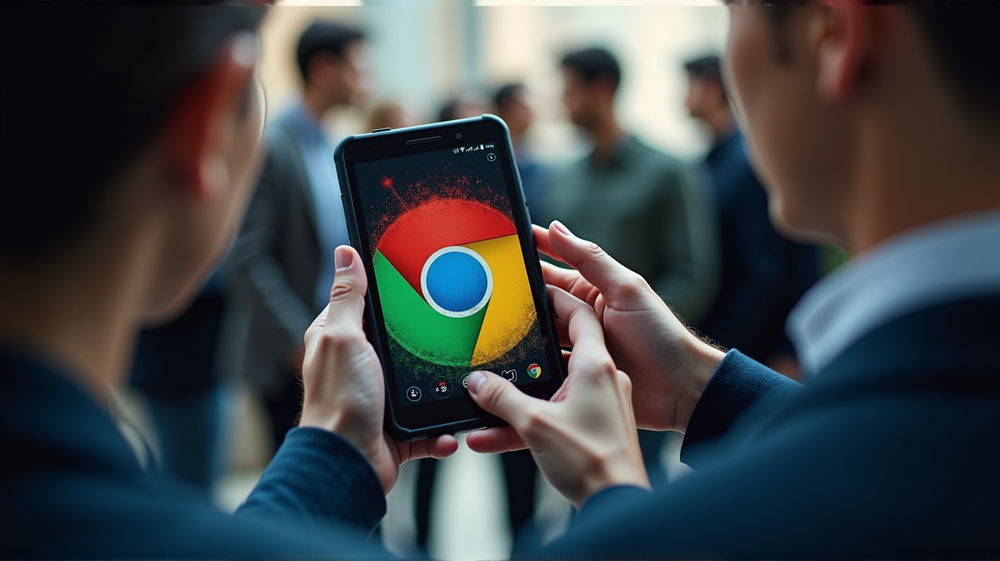In a move that will affect millions of users, Google has officially announced that it will cease updating its Chrome browser for devices running on Android 8.0 (Oreo) and Android 9.0 (Pie). The tech giant is emphasizing a shift towards more current systems, leaving version 138 as the final iteration accessible on these aging platforms. The change, set to roll out by August 5, 2025, signifies a broader push to encourage Android users to upgrade to systems that can better support modern technological demands.
Beyond Version 138: A New Era for Chrome Users
With Chrome version 139, Google is making a decisive leap. The updates will now require devices with at least Android 10. For those unready or unable to upgrade, previous Chrome versions will still be usable, but without access to new functionalities or security patches.
Google’s rationale is clear: focusing on newer platforms will allow them to enhance functionality and security, areas where older Android versions fall short. As stated in Mezha.Media, this strategic pivot is essential for aligning with the latest industry standards and user expectations.
The Push for Modernization
The removal of support for these outdated Android versions isn’t without precedent. Android 8.0 and 9.0 debuted in 2017 and 2018, respectively, and since then, significant advancements in features and security protocols have been introduced. Users still clinging to these older systems are at a crossroads: adapt or fall behind.
Google’s nudge is more than just a mere suggestion—it’s a direct call for modernization. Staying updated means gaining access to the latest software enhancements, security upgrades, and more. Users on older devices will need to consider this if they wish to continue benefiting from the innovative Chrome features.
Clues of the Future: Synchronizing Devices
In related tech whispers, Google is rumored to be perfecting a technology akin to Apple’s Handoff, designed for seamless interaction across multiple Android devices. This venture will potentially allow users to synchronize their apps, files, media, and more, offering a wholly integrated experience irrespective of which device—be it a smartphone or tablet—they choose.
A New Paradigm in Mobile Experience
The impending transition is emblematic of a broader trend in the tech industry, where innovation and security take precedence over backward compatibility. Google’s decision underscores the importance of keeping pace with evolving technology landscapes, especially as threats become more sophisticated and user demands more multifaceted.
As we gear towards this notable shift in August 2025, users are left with a choice: embrace the new wave of technology, or choose the stagnant comfort of the past. Whichever the choice, the evolution of digital infrastructure continues its relentless march forward, forever shaping how we interact with the digital world.













